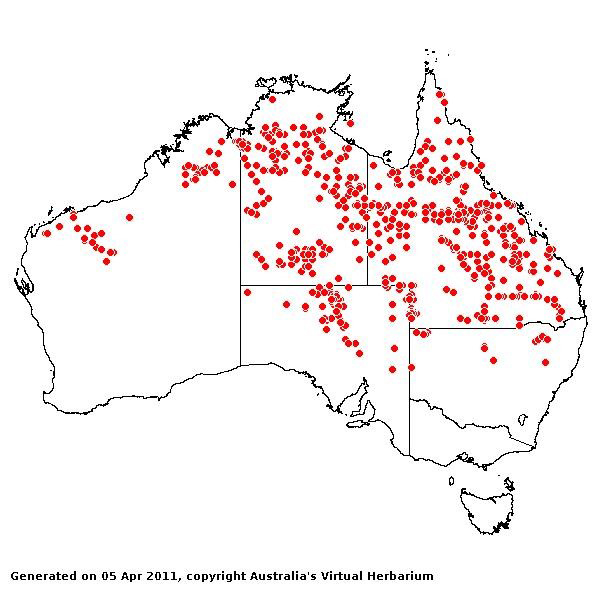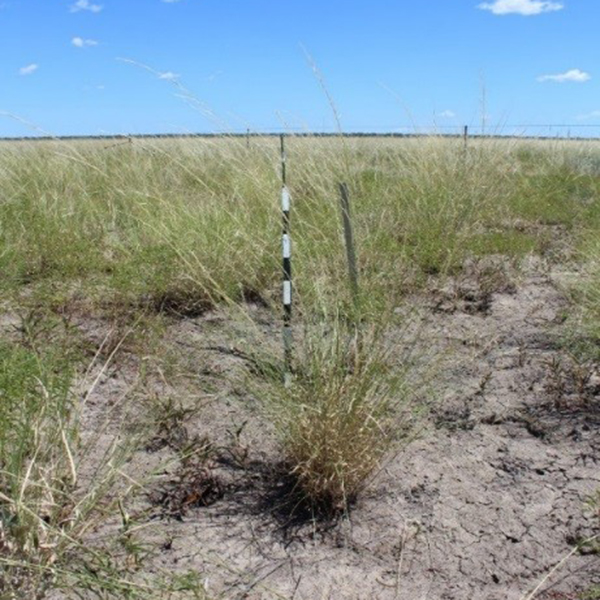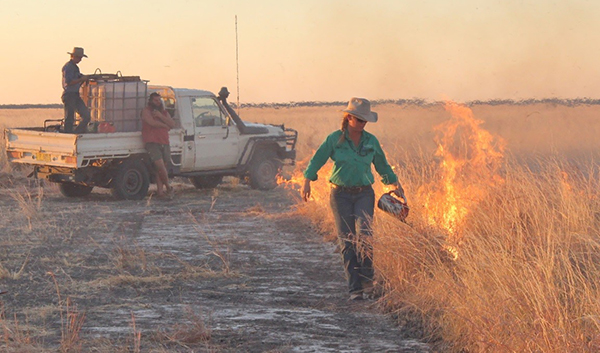Can fire be used to manage feathertop wiregrass in Mitchell grass pastures?
Dionne Walsh, Rangeland Program Manager, DPIR Darwin
Take home messages
- Even with the right soil moisture conditions, it’s not a “sure bet” that you will get a good kill of feathertop wiregrass.
- Some years it will work, some years it won’t.
- You need high fuel loads (>2,000 kg/ha) and good fuel continuity to achieve a clean burn.
- Knowing the above can help you make informed risk-based decisions about whether to use fire or not.
Figure 1 (above): Feathertop wiregrass (Aristida latifolia) is a widespread native perennial grass that grows on clay soils throughout northern Australia
Why do we want to control feathertop?
- It has relatively low palatability.
- It builds up in runs of good seasons.
- It can become dominant in overgrazed pastures.
- It has high seed production.
- It competes well with valued pasture species once established.
- It is hard to manage using grazing management alone.
Why are we investigating fire as an option?
- Fire has been shown to work in western Queensland.
- It is a cheap intervention compared to other options like spraying or re-seeding.
BUT!
- Success is highly dependent on timing – you need low soil moisture for several weeks before and after burning.
- Producers are wary of burning Mitchell grass pastures – it is their best pasture resource.
- High risk of wildfire at the prime time for success (which is July and August in the Barkly).
So we did an experiment on Newcastle Waters Station to see if burning to manage feathertop wiregrass is worth the risk (or not!).
Figure 2: Burning the experimental plots at Newcastle Waters Station. Photo by Gabby Penna
What did we find?
We undertook burns in July 2017 and September 2017 and completely spelled the site from grazing over the wet season. When we returned in April 2018 we compared the burnt plots to unburnt (control) plots and found that:
- burning reduced the plant size and biomass of feathertop
- the fires had only killed 1% of the feathertop plants
- burnt plots had lower pasture yields and ground cover overall
- burnt plots had more “weedy” annuals like sensitive plant (Neptunia spp.)
- no desirable perennial grasses were killed
- burning increased seed production in the valued pasture species curly bluegrass (Dichanthium fecundum).
We tried to repeat the experiment this year but found that the fuel loads and continuity would not carry a fire. This was despite the site being spelled from grazing for the past 12 months. We conclude that fire can kill feathertop wiregrass, but it’s not going to be a “sure bet” every year.
Acknowledgements - This is a collaborative project between NT DPIR, Barkly Landcare & Conservation Association and Newcastle Waters Station (Consolidated Pastoral Company). Funding support was provided by Territory Natural Resource Management (TNRM).
Give feedback about this page.
Share this page:
URL copied!


